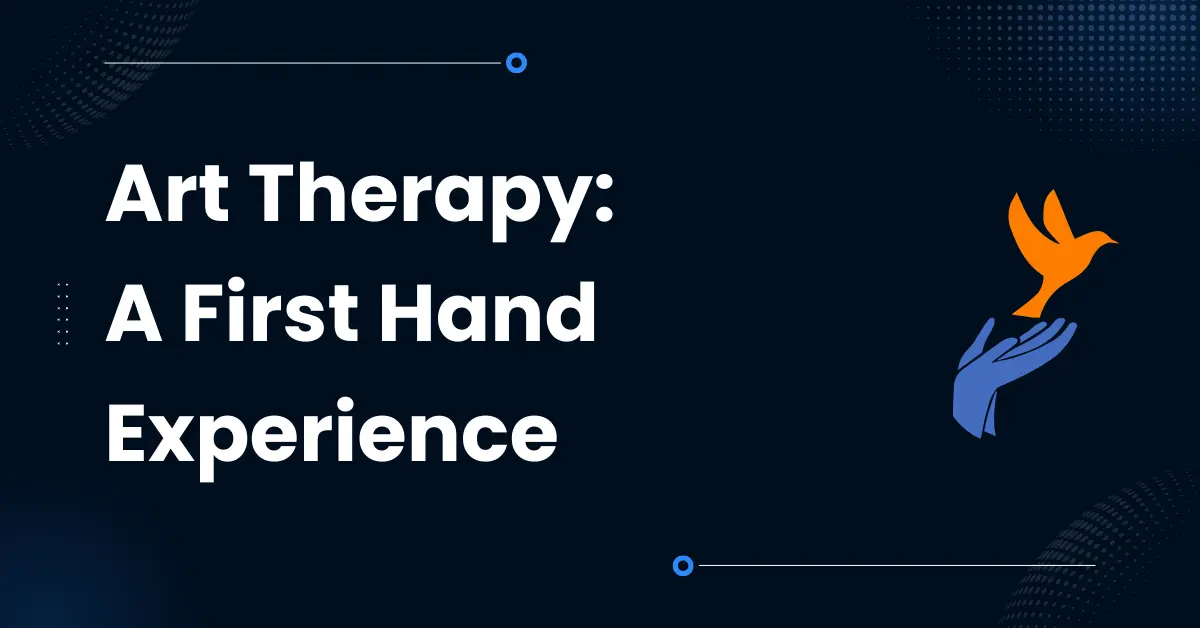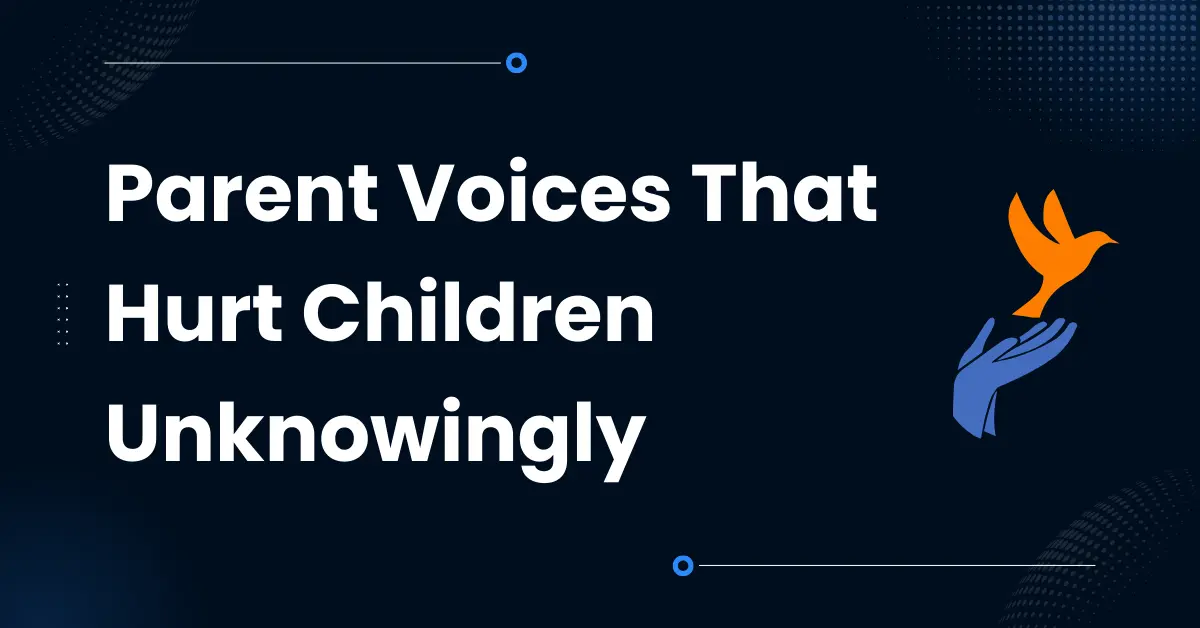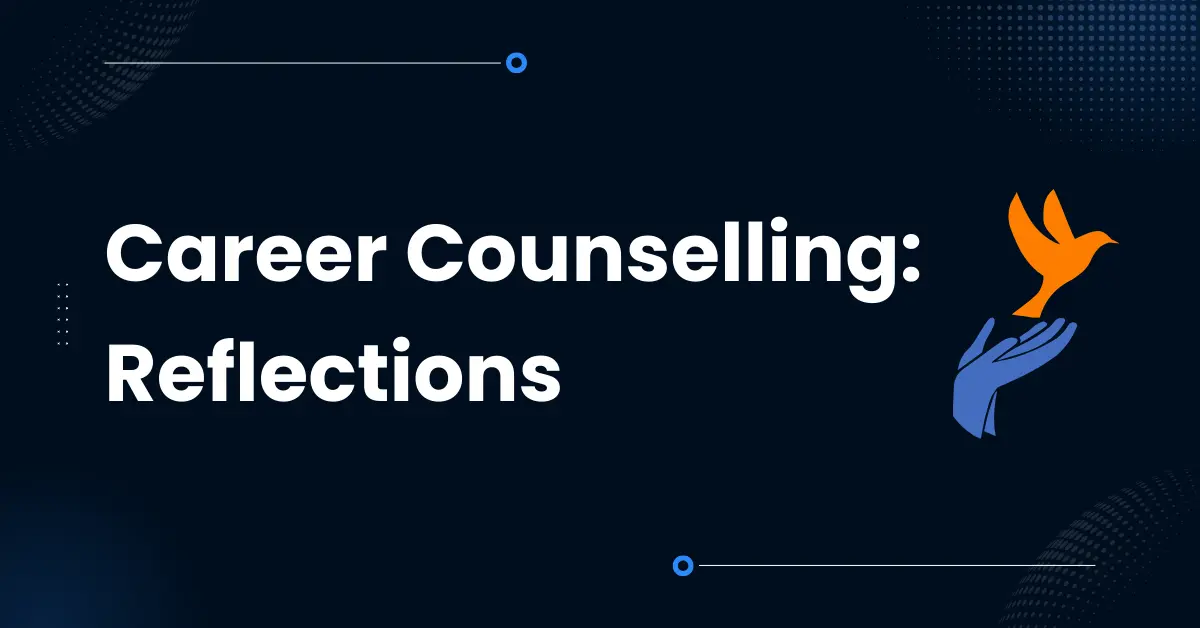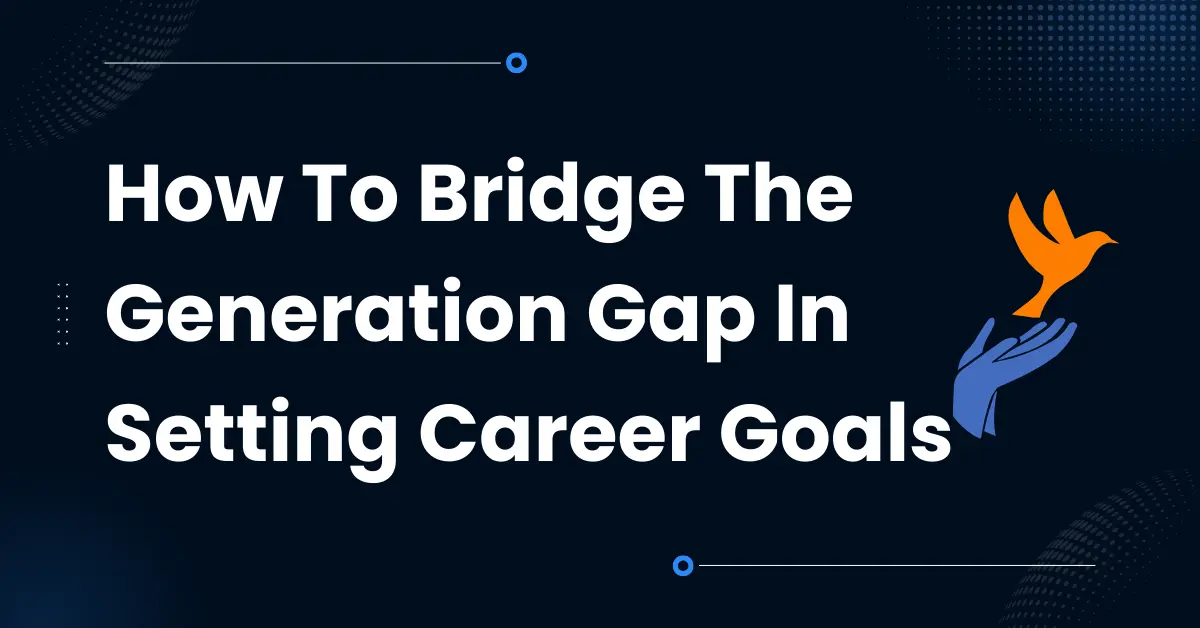By Asmita Bijlani
What is Art Therapy?
Art and healing have had a long-standing relationship. Arts have historically and culturally held a space in domains beyond the aesthetic and recreational. Psychology with its focus on healing and well-being from a mental health perspective tap into arts with the intention of harnessing its intrinsic therapeutic value. Art in any form – be it music, dance, drama, or visual art – engages and connects the mind, body, and soul.
Expressive Arts Therapy involves an intermodal approach of using various creative arts such as music, dance/movement, visual art, and drama within a therapeutic setting. Thus, expressive arts entail the learning and application of various theoretical and technical concepts from specific therapeutic areas, mainly art therapy, music therapy, dance therapy, and drama therapy. The essence of it is the interaction and interrelatedness of the various art forms and their application toward therapeutic goals and healing.
“Expressive arts therapy – the purposeful application and integration of art, music, dance/movement, dramatic enactment, creative writing, and imaginative play – is an action-oriented and sensory-based form of psychotherapy.”
Cathy Malchiodi (2022)
Is there any pre-requisite for the course?
While one does not require any specific training or qualification in an art form to be eligible for most diploma programs, it certainly helps to have an interest and inclination toward practicing art. A general familiarity with psychological concepts and theory definitely help as the entrance processes for most programs will probably require studying topics around psychology and mental health. If you are someone such as me, looking to bring your artistic self into healing spaces, there’s also plenty of opportunity to do that. I certainly did benefit from keeping my training in music continuing with my training in expressive arts therapy. It has helped me explore music more in-depth, understand the concepts better, and learn to use different musical instruments.
Why I chose this course?
My venture into Expressive Arts was about finding a bridge that closed the gap between my identity as an artist and my passion for mental health as a professional in the field. The one-year PG diploma course at St. Xavier’s had a holistic approach towards the area of expressive arts, combining theoretical basis and practical skill-based training. An intermodal approach meant learning and understanding the intricacies of various art of forms such as dance/movement, music, drama, and visual arts from a therapeutic perspective. Each area has specific techniques to offer and is informed by psychotherapeutic knowledge. Training as an expressive arts practitioner meant weaving together these techniques and modalities. My training was also trauma-informed and from a queer affirmative perspective. An important part of the training was also learning to get in touch with art through creative engagement. Learning a technique meant experiencing the process ourselves to be able to facilitate it for another individual or group in therapeutic spaces.
The reason I chose expressive arts with its intermodal approach was for its ability to cater to diverse interests and affiliations that different individuals may have towards arts. Another reason was my curiosity towards seeing how I could use different art forms for different concerns and through different stages in a therapeutic process. No one size fits all, and hence a multifaceted approach in arts like most eclectic approaches in psychotherapy targets a needs-based approach.
What all did I encounter during this journey?
As challenging as it is to cater to a clientele in the mental health sector, being a trainee and a student also required a great deal of self-work and reflection. Working with supervision and taking personal therapy is a compulsion during most training programs but they are essential ethical practices that should be continued beyond that as well. As a practitioner, one is bound to be as much a part of the space that they offer as their client and hence reflective practices and self-awareness become necessary for personal and professional well-being.
As I look back at my journey as a trainee, I recount how this has been an opportunity for me to get more in touch with the arts than I was ever before. A great deal of it meant working through resistance and embracing the very essence of expressive arts which meant learning to focus on the process rather than the product. To look at each art modality for its unique therapeutic value and how it supports expression beyond the aesthetics. I am personally inclined towards music, having had a background of training in instrumental music. However, I began to embrace and appreciate art forms such as dance and various forms of visual art that I had never tried before as I got to experience them not from a performative but an emotional, self-oriented, and healing perspective.
What do I see as the way forward after this course?
As it would be evident by now, there are both professional and personal gains that come with being a practitioner in mental health and well-being. The opportunities will depend on only the demand in the place you wish to practice but also on what areas you may find yourself open to working with. It could be individuals, groups, communities, or educational institutions – with populations ranging from children and adolescents to adults and geriatrics. The demand for mental health services and professionals is on the rise. In terms of earnings, one needs to keep in mind that this is a field where one grows with experience and learning. It involves investment of time and effort for returns which may be small to begin with but increase with time and expertise in the field. Thus, making it flexible and varying with your educational background and work experience. With it being a profession that is just starting to be recognised for its need and importance, there certainly is a struggle for adequate remunerations and appropriate compensation.
A significant aspect of working in therapy spaces is about figuring out your own style of working and how you see yourself as a practitioner. Whether it is counselling or expressive arts, I have found myself most comfortable and connected when I have established trust in my approach and the therapeutic modality. I believe that holding space becomes much more efficient and effective when one is able to be present and sense what best supports the need of the individual or group that is being addressed. It is still a work in progress, as being a therapist always is, but gaining familiarity and staying open to improvisation helps to bring your own perspective and intuition to the space.
If you find yourself curious and interested in a career of care and well-being, continued learning and reaching out to individuals and groups and diverse communities, along with an inclination towards art, then you may explore and contemplate a role in this profession.

Unlock true potential
Leverage LifeVidya’s Ikigai Coaching to transform challenges into opportunities by unlocking true potential and re-pivoting life as well as career.




